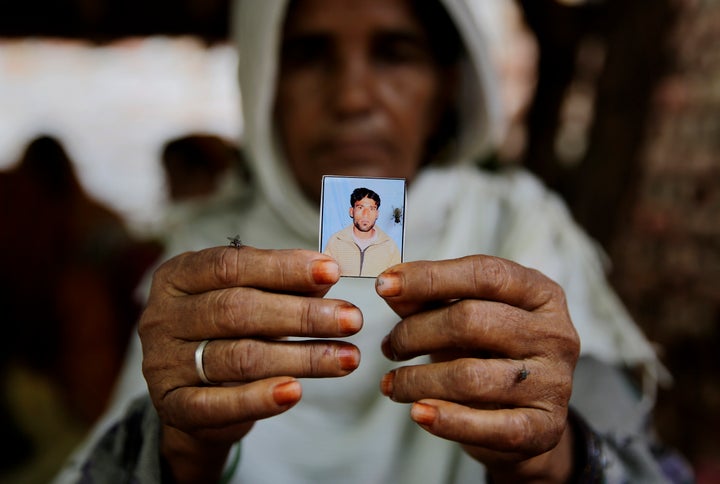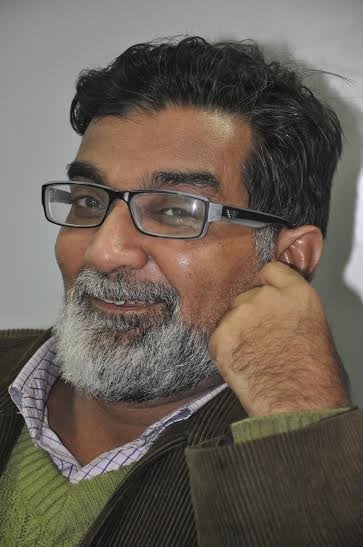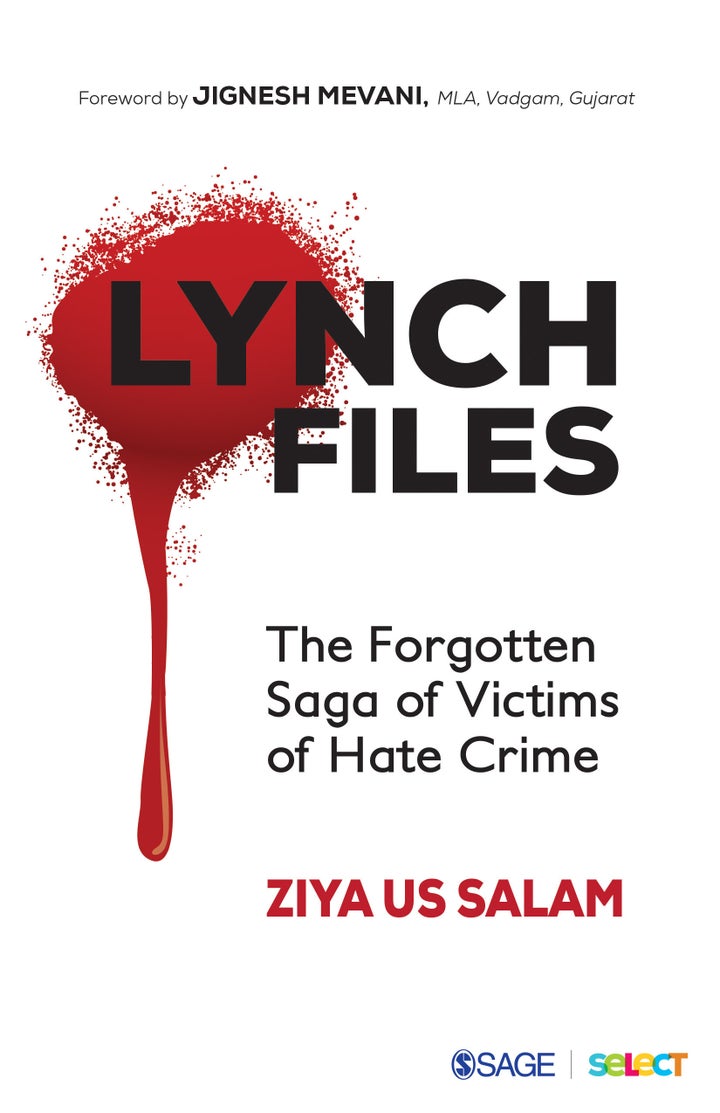
Indeed, lynching has replaced the age-old communal riot as a means of polarization. Lynching comes without the burden of guilt that used to accompany riots. It is more effective, lethal and sinister. It strikes at the very identity of the community. It is far more demoralizing than the traditional communal violence, but serves the same purpose as riots did in the years gone by: to engender a climate of distrust and fear. On one side are Hindus who begin to look at any Muslim, particularly those with conspicuous manifestation of being one, with distrust. In their mind, all Muslims are beefeaters. And, maybe, even cow slaughterers. Nothing wrong with that if you are in Kerala, Tamil Nadu and vast stretches of the Northeast, but often a fatal flaw in north and west India. To those Hindus denied the benefit of education and economic cushion, a Muslim is one who deliberately provokes Hindus by eating beef. They do not know the reality or the history of beef eating in their own religion. For such a misled vigilante, the Muslim is the ‘other’ who must be shown his place. For him, a Muslim is what the latest video, real or fake, on WhatsApp shows him to be. Also, a Muslim is to be tackled, again, in the way those hooligans do in the lynching videos. That brings us to Muslims. With each lynching incident, the community slips deeper into fear, and into its own shell. And a community which is often told to join the mainstream slips further away.
In an item titled ‘Black Shadow of the Mob’ (Times of India, 29 July 2018), correspondent Himanshi Dhawan talked of how ‘fear and alienation is changing the way middle-class Muslims live, from what they pack for lunch, to how they’re naming babies’. The piece dwelt at some length on the perplex, insecure and increasingly insular world of a Muslim in urban India in 2018. It talked of well-known historian Rana Safvi’s experience of living not too far from Dadri where Akhlaq was lynched soon after Eid-ul-Azha celebrations.
One day, soon after Bakr-Id last year, when her relative came home with some mutton as a traditional gift, the watchman asked what was in the package, and the elderly gentleman told him. Safvi panicked. ‘My house is close to Dadri, and I was overcome by this feeling of helplessness. What would I do if some men barged in demanding to know if it were beef in my fridge’.
A year before this feature, the outgoing Vice President of India Hamid Ansari had stated in August 2017, ‘Fear, unease is growing among Muslims in India’. He was proved right exactly a year later when the same newspaper reported,
Muslim traders in Ghansali town of Uttarakhand’s Tehri Garhwal district said on Wednesday they are wary of opening their shops, two days after a man from their community was beaten up by a mob when he was found with a minor Hindu girl, sparking calls for their ouster.
Around the same time came another media report wherein young men and women in Delhi revealed that they call up their parents and grandparents not to offer namaz (prayer) on a train for the fear of being identified. This in a country where it was not unusual for people to make space for Muslim travellers to offer namaz as a train halted at the railway station, or even on the train itself. Writing in The Wire, Apoorvanand stated,
A friend narrated his experience of offering namaz at the railway platform while waiting for his train. On earlier occasions, it had always been normal for him and others to pray in public. But this time, he was extra alert. A shout, a loud voice made him strain his ears. Was it for him? We who used to make space for namazis in train, in our homes, offices, and even offer a prayer mat to them have gone silent. Goondas have become our voice. This silence will drown India if we allow it to spread.

All this fragmentation of our social fabric has come about not because of any major communal riot. In fact, since 2013, the country has not had any major outpouring of communal violence. It has come about because of the climate of fear, insecurity, vulnerability and helplessness generated by a series of lynching incidents. A lynching incident may take place in a remote town of Jharkhand or a busy town just off the NCR in Uttar Pradesh, but it comes laced with the potential to reach to millions across the country, particularly the Hindi heartland, through a video recording of the assault. Be it Akhlaq, or Samiuddin, Afrazul or Usman Ansari, all the incidents of attack on the minorities in the garb of cow slaughter have a ripple effect. Like a small piece of stone dropped into the sea, these cases of violence shake the entire community, from those in the immediate vicinity to the distant. Further, each attack polarizes the society while the police and state bodies can either go on dubbing each case as a minor aberration or completely deflect it as a mere road rage case.
A vast number of members of the majority, while appalled at the gruesome violence, somewhere justify it as ‘he might have provoked it’. It is not too different in mindset from what the Uttar Pradesh Chief Minister Yogi Adityanath said after a particularly gruesome incident:
Unnecessary importance is being given to lynching incidents. We will provide protection to everyone, but it is also the responsibility of every individual, every community and every religion to respect each others’ sentiments. Humans are important and cows are important. Both have their own roles in nature.
So subtly the blame is passed on to the victim. Much like the police which often files complaints against the attacked and the abused rather than the attackers and the abusers.
It is once again like the communal riots. Over the years, the Muslim community has had a grievance against the police that it favours the majority community—Hashimpura, Maliana, Bhagalpur, Bhiwadi, Moradabad and so on. It is the same with lynching incidents. Except for a solitary case of a police sub- inspector protecting a Muslim boy from a mob in Uttarakhand, the community lives with the uneasy feeling that even in case of murderous attack by cow vigilante groups, the police will come to the rescue of the offenders, find ways to protect the attackers and humiliate the victims. Again, like with communal riots, this time too, FIRs are filed against Muslims, some of them after they are killed by a murderous mob. Denied security in life by a rampant mob, they are denied dignity in death by the police.

Ziya Us Salam is an Associate Editor at Frontline.
Excerpted with permission from ’Lynch Files’
2019 / 232 pages / Paperback: Rs 450 ( 9789353282196)/ SAGE Select